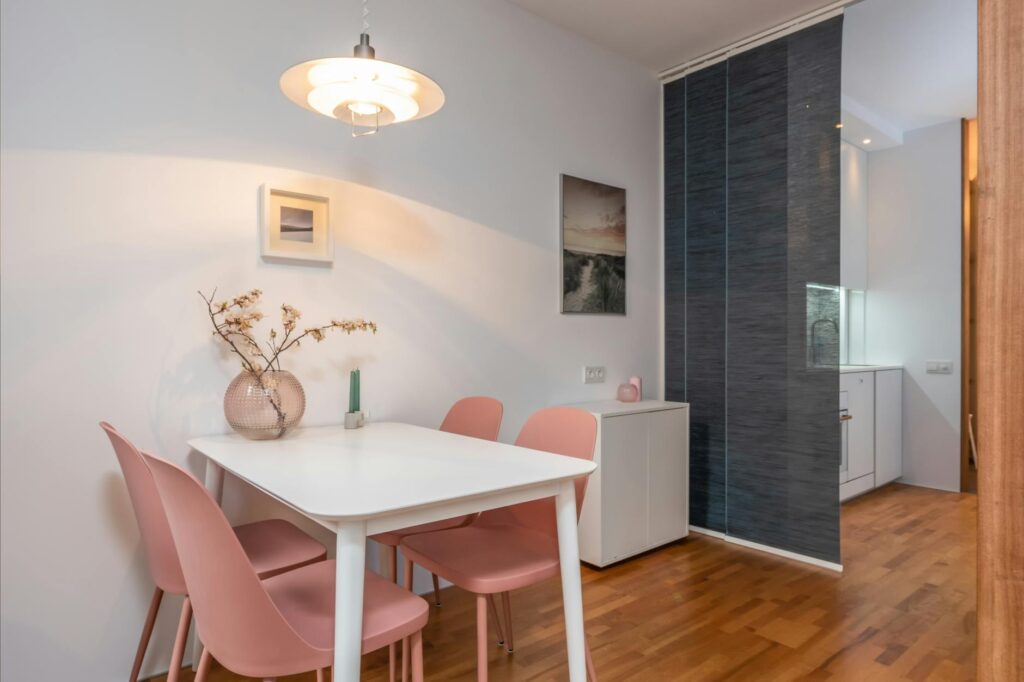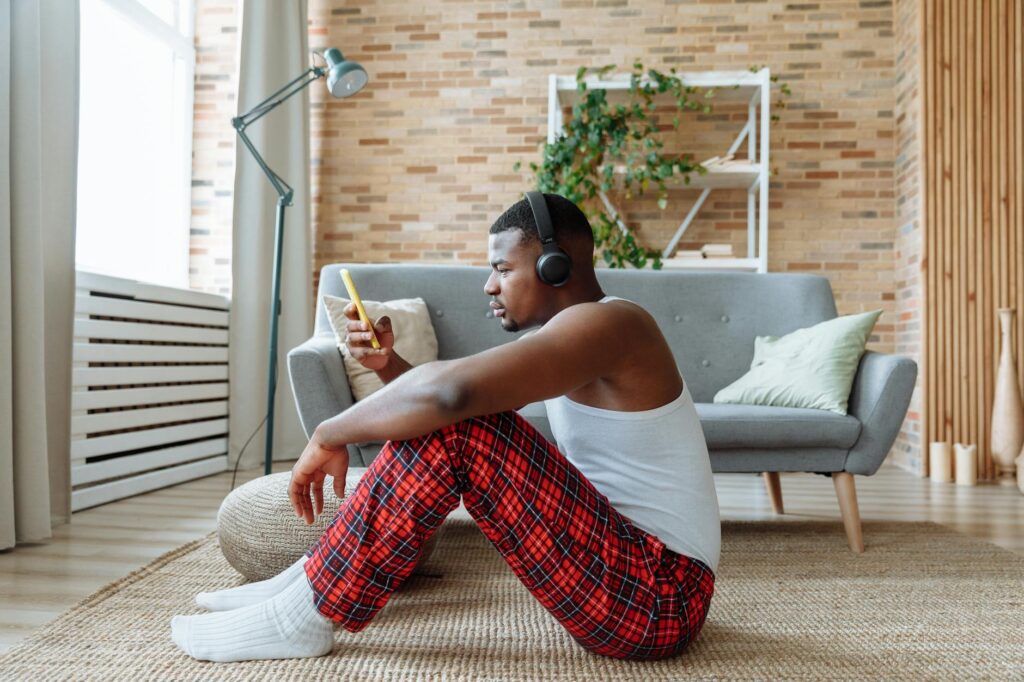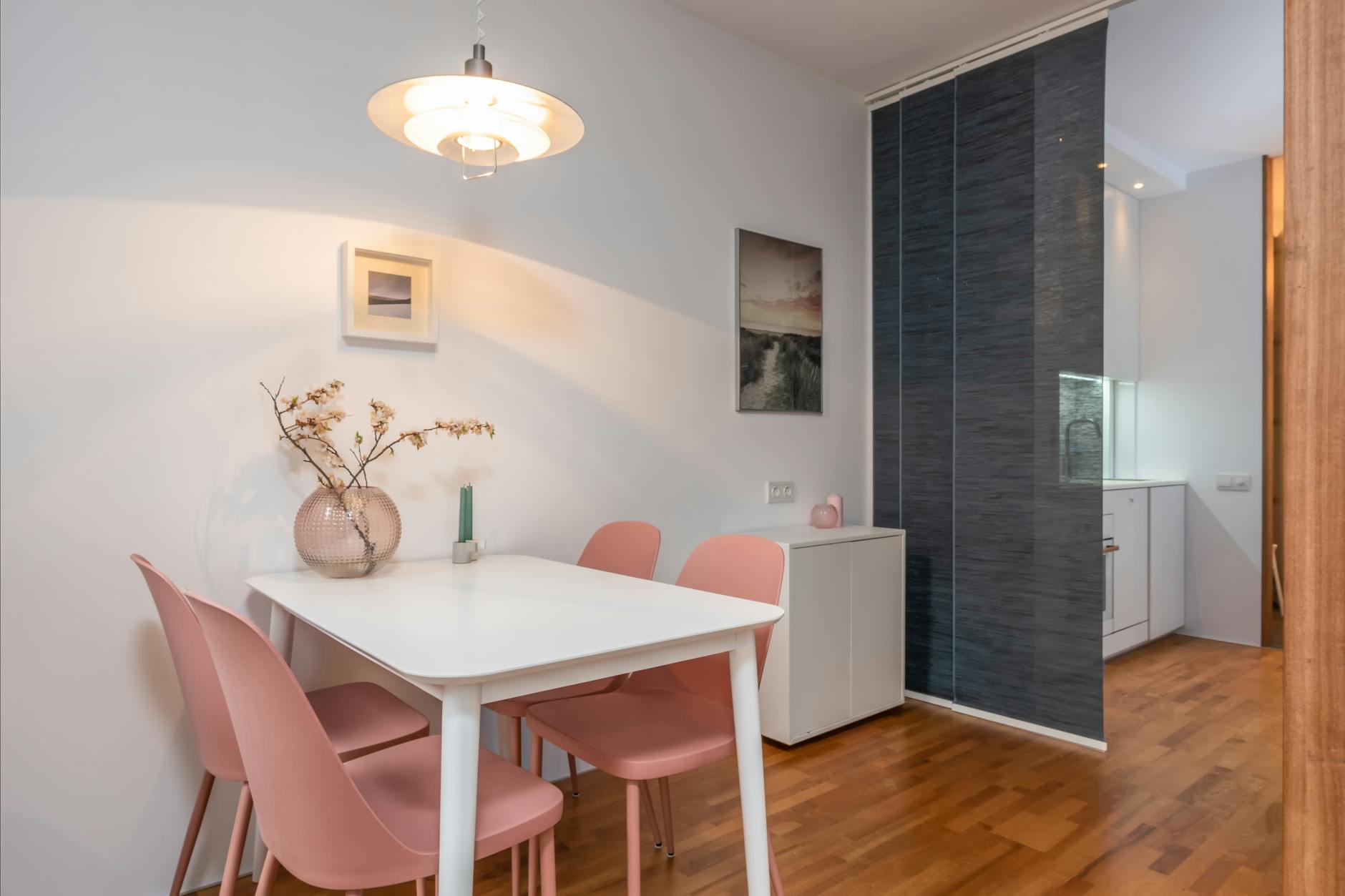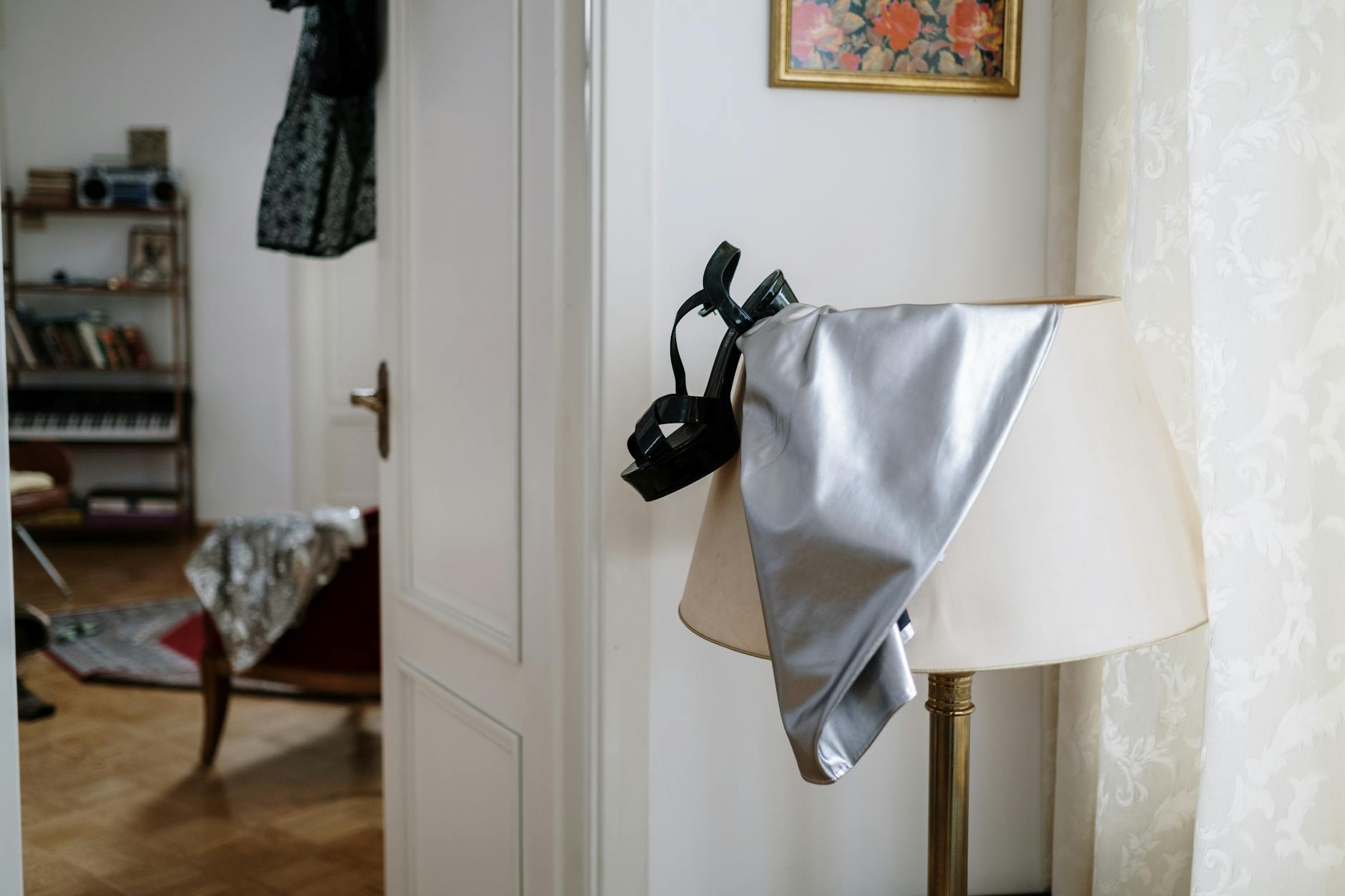Choosing the right light bulb for your reading floor lamp can dramatically impact your comfort and reading experience. It’s more than just picking a wattage; the color temperature and type of bulb significantly affect how well you can see and how you feel while reading.
Understanding Color Temperature
Color temperature is measured in Kelvin (K). Lower Kelvin values (2700K-3000K) produce warmer, more yellowish light, ideal for creating a relaxing atmosphere. Higher Kelvin values (5000K-6500K) produce cooler, bluish light, which is often brighter and better for tasks requiring concentration. For reading, a warm white (around 2700-3000K) is generally preferred as it’s easier on the eyes and creates a cozy ambiance. Learn more about color temperature here.
Brightness and Lumens
Brightness is measured in lumens (lm). A higher lumen value indicates a brighter light. For reading, you’ll want a bulb bright enough to illuminate your book comfortably without causing glare or eye strain. Consider the size of your lampshade and the distance from the lamp to your reading material when selecting the appropriate lumens. A range of 800-1200 lumens is often suitable for floor lamps. 
Types of Light Bulbs
Several types of light bulbs are compatible with floor lamps. LED bulbs are energy-efficient and long-lasting, making them a popular choice. Halogen bulbs offer bright, crisp light, but they consume more energy than LEDs. Incandescent bulbs are warm and inviting but are the least energy-efficient option. Choosing the right bulb type depends on your budget and priorities.
Considering the Lamp Shade
Your lampshade plays a crucial role in how the light is diffused. A dark-colored or opaque shade will dim the light, while a light-colored or translucent shade will allow more light to pass through. Take into account your lampshade’s material and design when deciding on the bulb’s brightness. 
The Impact of Glare
Glare can significantly strain your eyes, making reading uncomfortable. To minimize glare, choose a bulb with a diffused light output. Matte finish bulbs are often better at diffusing light than clear bulbs. You can also strategically position your lamp to reduce glare, making sure it isn’t directly shining into your eyes. Tips for reducing eye strain.
Dimmable Bulbs
Dimmable bulbs offer the flexibility to adjust the brightness to suit your preferences and the time of day. This is particularly useful in the evening when you might prefer a softer, dimmer light for relaxed reading. Make sure both your lamp and bulb are compatible with dimming systems. [IMAGE_3_HERE]
Smart Bulbs
Smart bulbs offer even more control over your lighting, allowing you to adjust brightness and color temperature remotely using an app or voice commands. This can be a great option for those who want a more personalized and convenient lighting experience. Explore smart bulb options here.
Energy Efficiency
Consider the energy efficiency of your bulb, particularly if you plan to leave your reading lamp on for extended periods. LEDs are the most energy-efficient option, followed by CFLs, halogens, and then incandescents. Choosing an energy-efficient bulb can save you money on your electricity bill in the long run. Compare energy costs.
Selecting the best light bulb for your reading floor lamp involves considering several factors, from color temperature and brightness to bulb type and energy efficiency. By carefully weighing these aspects, you can create a comfortable and inviting reading space that’s easy on your eyes and perfect for those long nights spent with a good book.
Frequently Asked Questions
What color temperature is best for reading? A warm white light (around 2700-3000K) is generally considered best for reading as it’s relaxing and easy on the eyes.
How many lumens do I need for a reading lamp? A range of 800-1200 lumens is a good starting point, but the ideal lumens will depend on your lampshade and the distance from the lamp to your book.
Are smart bulbs worth the extra cost? Smart bulbs offer convenience and customization, but whether they’re worth the extra cost depends on your individual needs and preferences.
What is the most energy-efficient bulb type? LED bulbs are the most energy-efficient option available.
How do I reduce glare from my reading lamp? Use a bulb with a diffused light output, choose a matte finish bulb, and position your lamp carefully to avoid direct light into your eyes.





